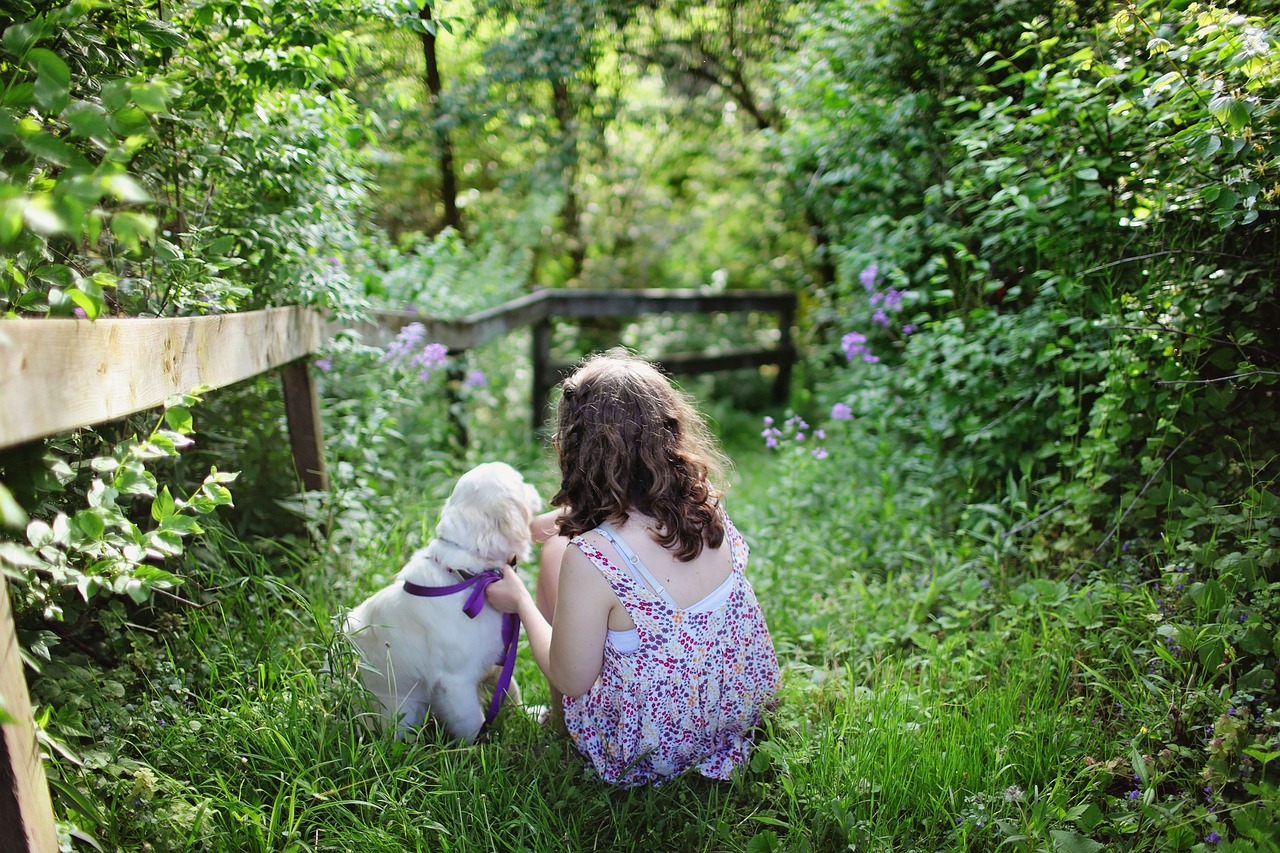Table of Contents
ToggleIntroduction
Creating a sustainable garden in your backyard is a great way to reduce your environmental impact and enjoy fresh, organic produce at the same time. By using sustainable gardening practices, you can conserve resources, protect biodiversity, and reduce your carbon footprint. Here’s a step-by-step guide to help you create a sustainable garden in your backyard.
Assess your site
The first step in creating a sustainable garden is to assess your site. Take note of the sun exposure, soil quality, drainage, and wind patterns. This will help you determine which plants will thrive in your garden and how to design it.
Plan your garden layout
Once you’ve assessed your site, it’s time to plan your garden layout. Consider incorporating elements such as raised beds, trellises, and composting areas to maximize space and promote sustainable practices.
Choose plants that are native to your area
Choosing plants that are native to your area is an important aspect of sustainable gardening. Native plants are adapted to the local climate, soil, and pests, which means they require less water and fertilizer, and they provide food and habitat for local wildlife.
Use organic gardening methods
Organic gardening methods are important for creating a sustainable garden. These include using compost, natural pest control methods, and avoiding the use of synthetic fertilizers and pesticides.
Implement water conservation techniques
Water conservation is an essential aspect of sustainable gardening. Implementing techniques such as mulching, using drought-tolerant plants, and installing a drip irrigation system can help you conserve water and reduce your water bill.
Incorporate biodiversity
Incorporating biodiversity in your garden is an important step in creating a sustainable garden. This means planting a variety of different plants, including vegetables, fruits, herbs, and flowers, to promote a healthy ecosystem.

Use recycled and repurposed materials
Using recycled and repurposed materials in your garden is a great way to reduce waste and promote sustainability. This can include using old tires as raised beds, using broken pottery as mulch, or using old pallets as trellises.
Practice crop rotation
Practicing crop rotation is an important aspect of sustainable gardening. This means rotating the crops you plant in a specific area each year to maintain soil health and prevent pest and disease buildup.
Start a compost pile
Starting a compost pile is a simple and effective way to reduce waste and provide organic matter for your garden. By composting food scraps, yard waste, and other organic materials, you can create a nutrient-rich soil amendment for your garden.
Share your knowledge and resources
Sharing your knowledge and resources with others is an important aspect of creating a sustainable garden. By sharing your experience and resources with others, you can help to promote sustainable gardening practices and build a stronger community.
Conclusion
Creating a sustainable garden in your backyard is a great way to reduce your environmental impact and enjoy fresh, organic produce at the same time. By using sustainable gardening practices, you can conserve resources, protect biodiversity, and reduce your carbon footprint. By assessing your site, planning your garden layout, choosing plants that are native to your area, using organic gardening methods, implementing water conservation techniques, incorporating biodiversity, using recycled and repurposed materials, practicing crop rotation, starting a compost pile and sharing your knowledge and resources, you can create a sustainable garden that benefits both the environment and your community. Remember, sustainable gardening is an ongoing process and it takes time to








2 thoughts on “How to Create a Sustainable Garden in Your Backyard: A Step-by-Step Guide”
Pingback: Sustainable Food Systems: Future of Food
Pingback: Composting Adventures: A Guide for Kids to Turn Scraps into Gold